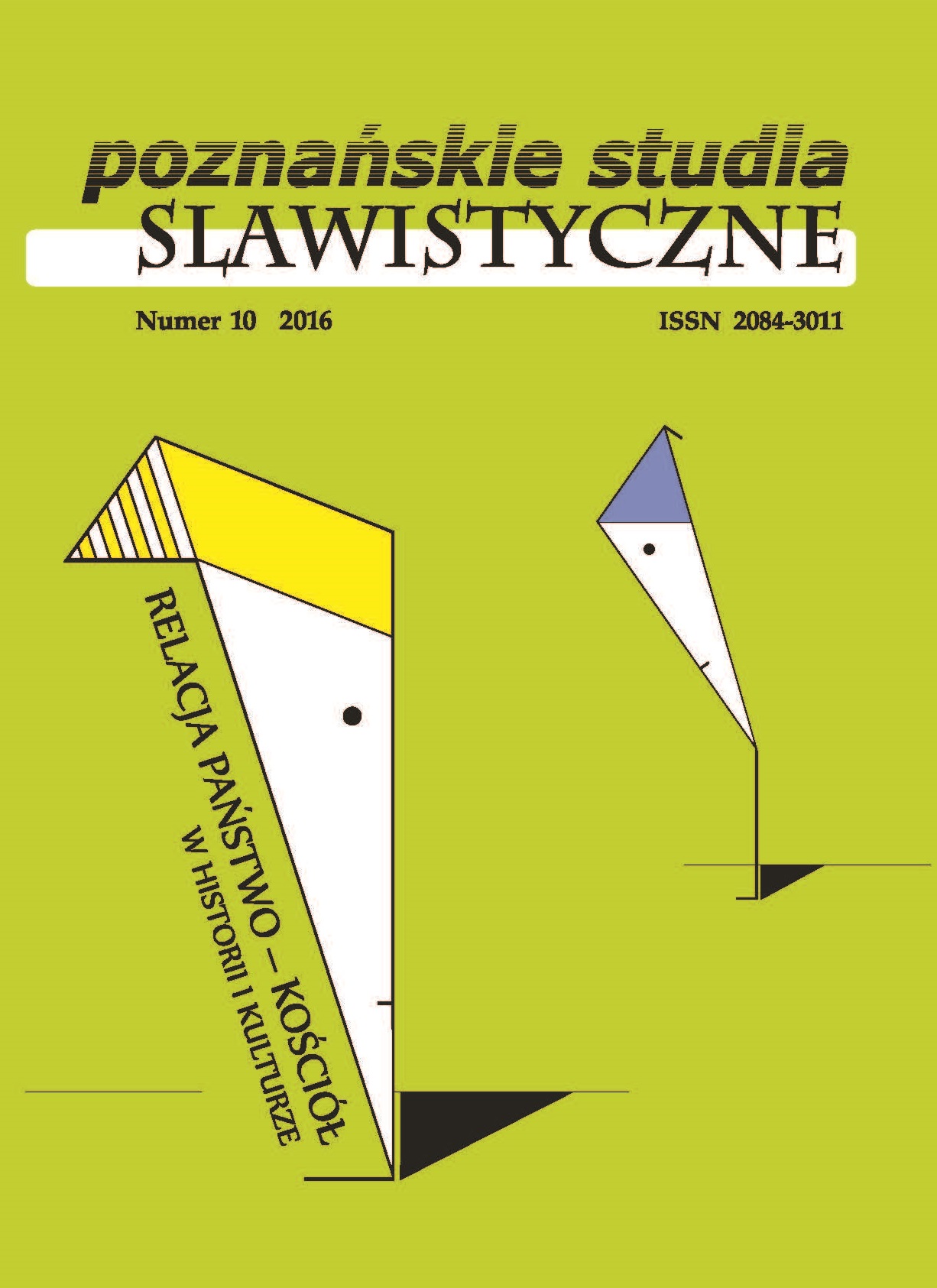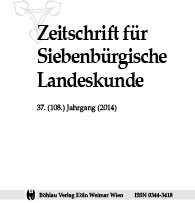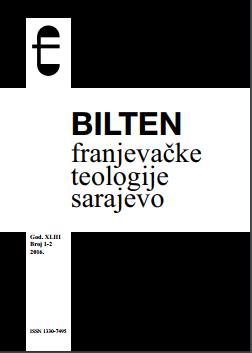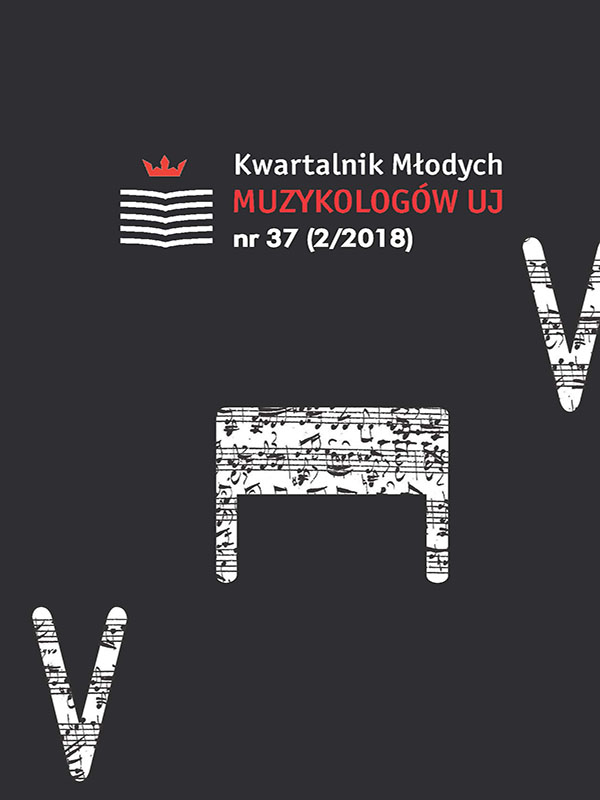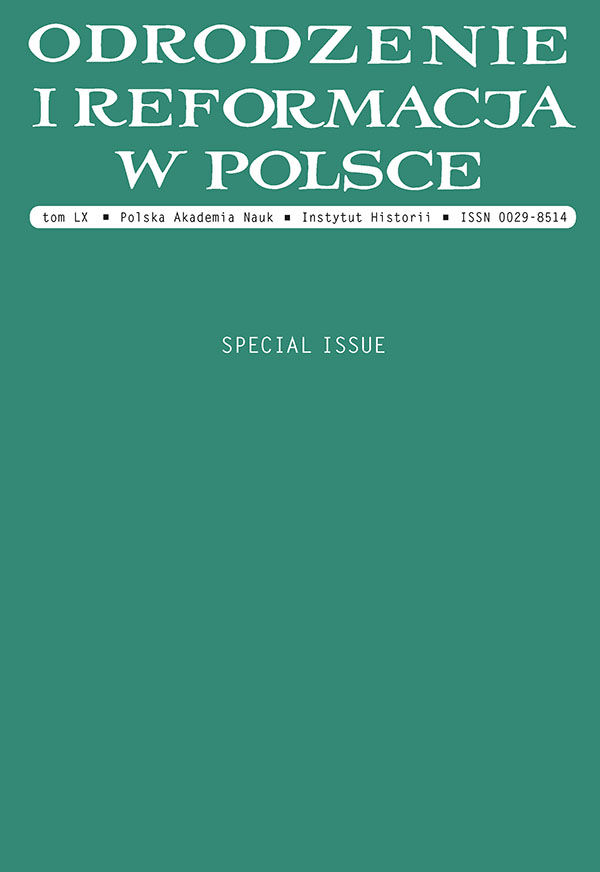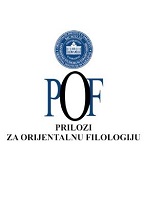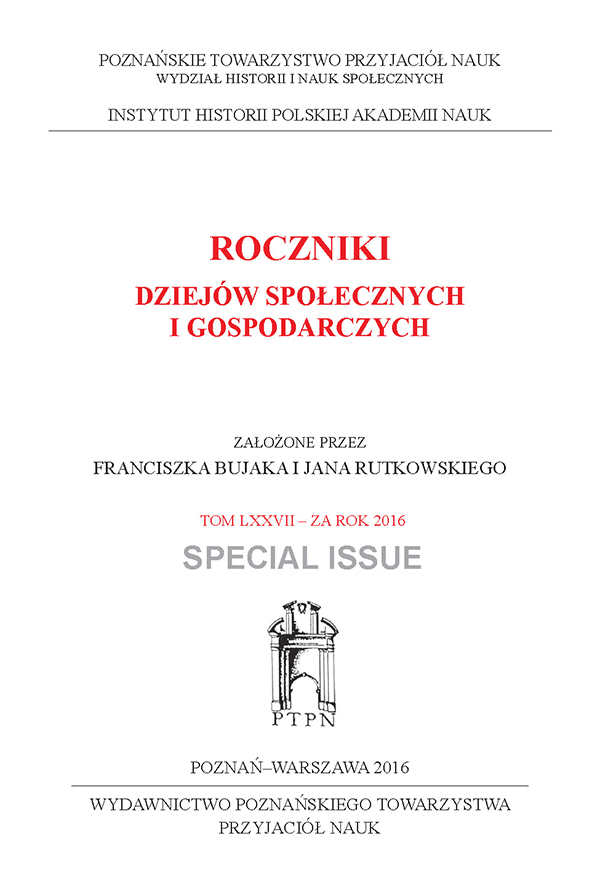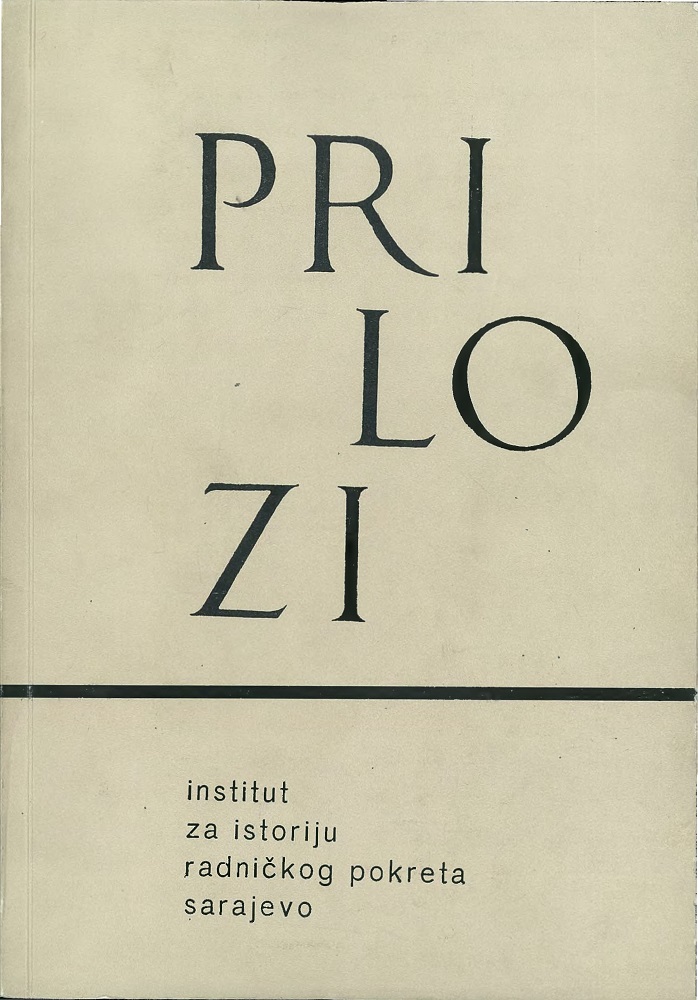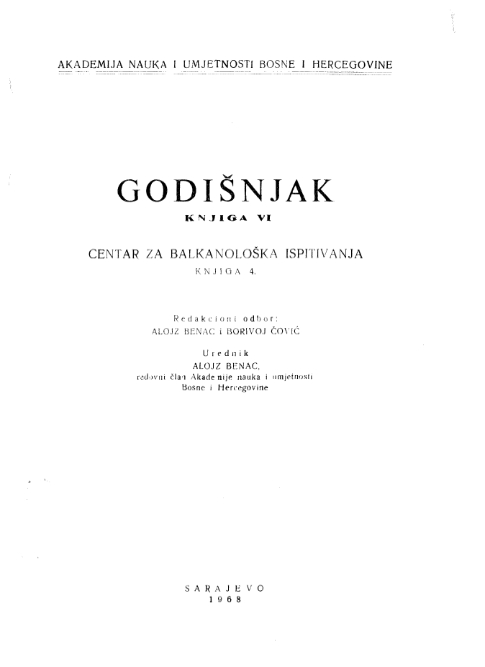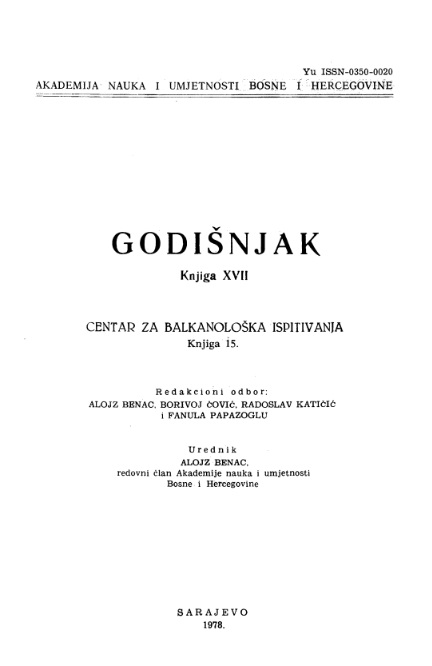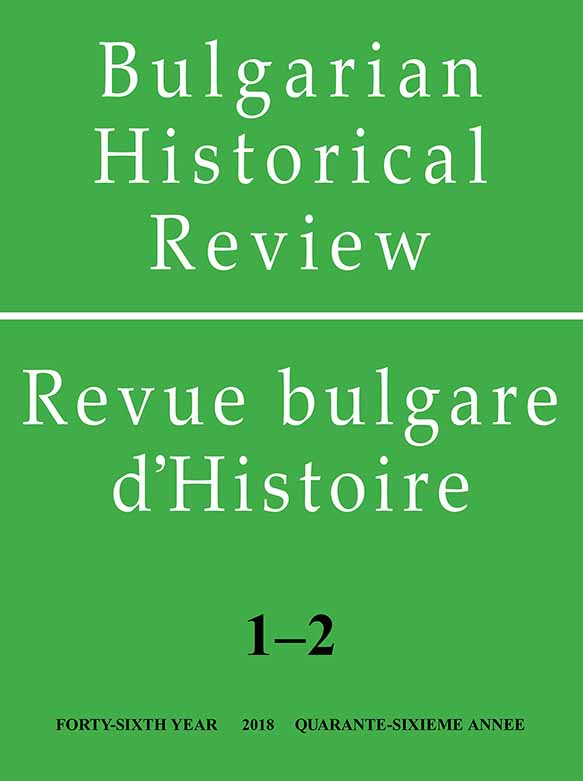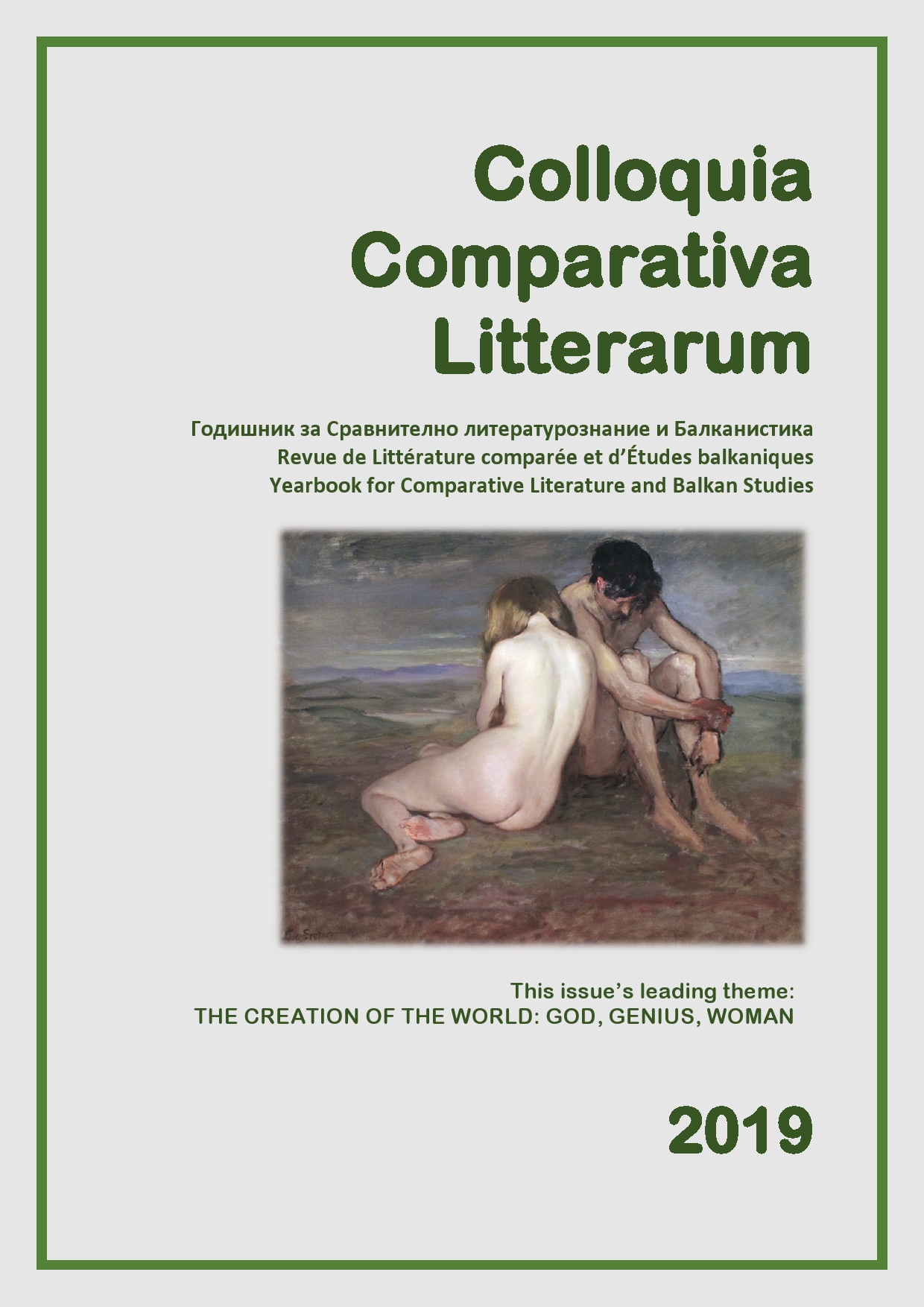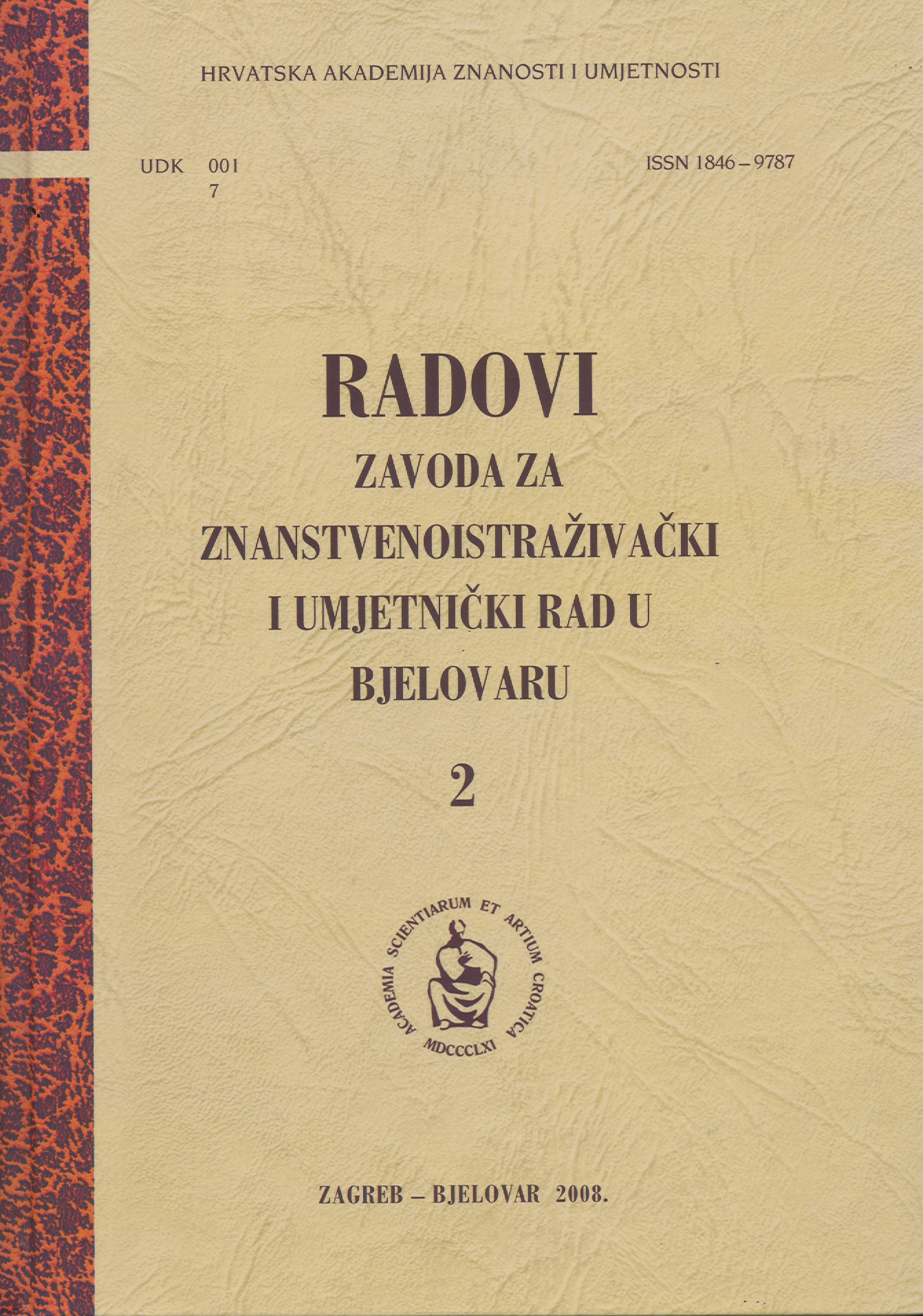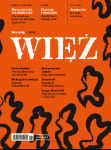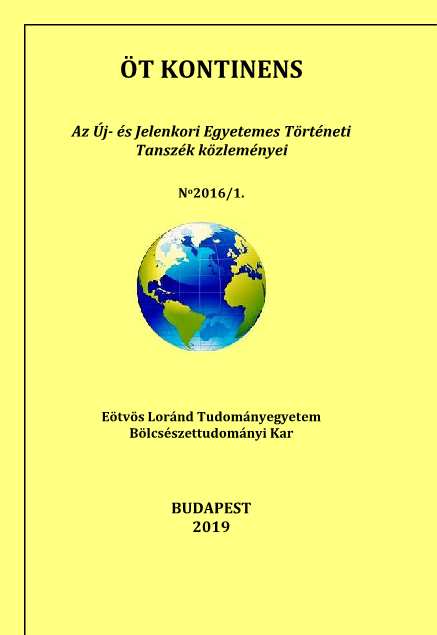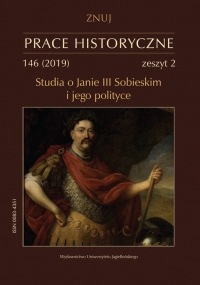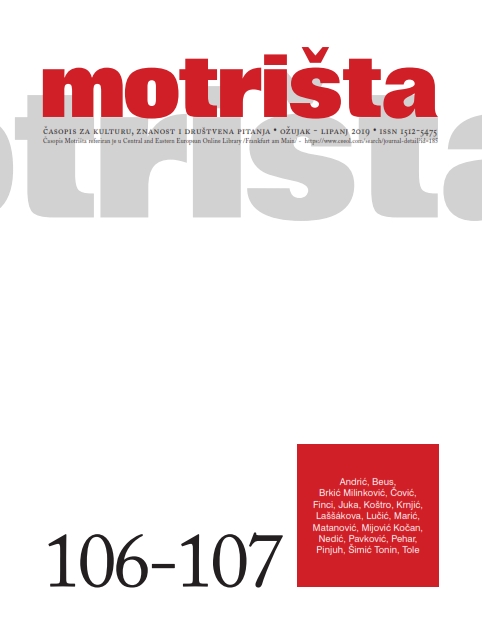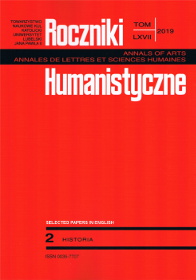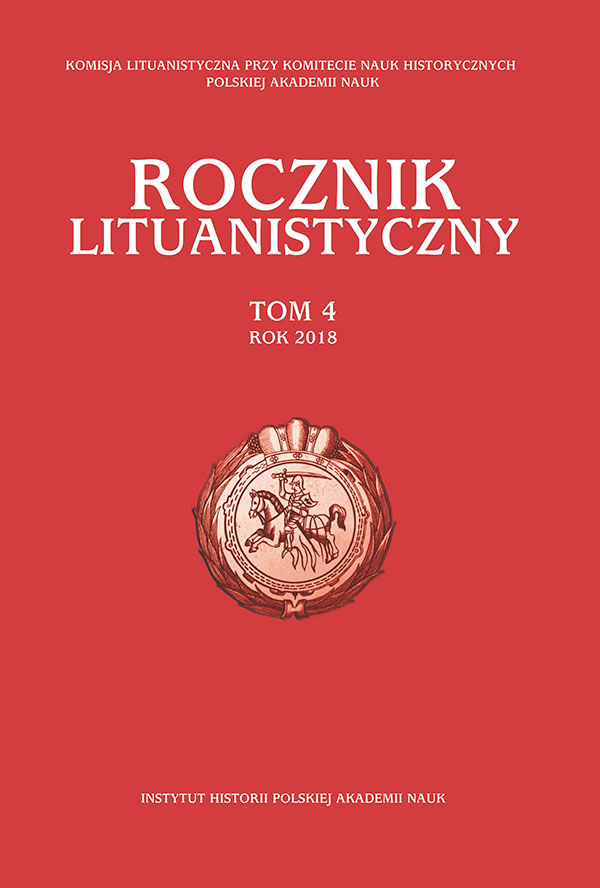Author(s): Jašar Redžepagić / Language(s): Serbian
Issue: 6/1968
Transformations ethniques et ethnopsychologiques de la population albanaise et de l’autre population sur le territoire de la Turquie européenne sont en général la conséquence de la propagation de l’islam et de la migration de cette population. Aux XVII et X V III siècles les régions épiro-albanaises ont été beaucoup changées, à l’exception de quelques tribus albanaises du nord qui ont fait la résistance. Dans ce travail on a expliqué d'abord le procès de l’islamisation des Albanais et ensuite leurs migrations. Se basant sur les informations des missionnaires catholiques et les autres sources, à l'exemple des Albanais en Monténégro, Albanie du nord, sur la plaine de Kosovo, en Macédoine et ailleurs, l’auteur prouve qu’on ne peut pas accepter l’affirmation que l'islam s'était élargi très lentement dans ces régions jusqu’ au X V III siècle. L’islamisation de la population locale et de l’autre population dans cette région dans la première période, c’est-à-dire au XV et en partie au XVI siècle, tant que l’état turc a été mieux formé, s’était faite sans les méthodes forcées et elle n’a pas été expresive comme c’était le cas au cour de deux siècles suivants. Les représentants de la classe féodale ont accepté les premiers de tous les Albanais catholiques et orthodoxes cette nouvelle foi et cette idéologie et dans certaines régions c'étaient les masses de la population. Les motifs en sont politiques, économiques et réligieux. En acceptant l’islam leur sûreté individuelle a été plus assurée et ils ont été libérés de maints tributs. La désorganisation de l’église et l’ignorance des prêtres ont accéléré en outre la propagation de cette religion parmi les Albanais. Parlant de la valeur de l’islam dans la période de la domination turque, l’auteur signale que la valeur de cette période chez nous a été souvent négligée et qu’on a accentué seulement ses conséquences négatives. Entre outre, étant contraints par l’influence des institutions réli gieuses et par la langue turque, les Albanais islamisés dans les villes ont dû renoncer à leur langue maternelle et par le temps perdre encore quelques caractéristiques de leur nationalité. Il y avait des auteurs qui ont remarqué certaines conséquences positives de la période turque ce que prouvent les faits suivants: au moyen de l’islam on a propagé la culture orientale parmi les différents peuples, surtout parmi les Albanais, les édifices qu’on a construits (hôpitaux, bains, aqueducs, tours de l’horloge, cuisines gratuites, fontaines etc), ont eu l’importance biologique et une grande valeur. Propageant l’islam, à côté des institutions proprement réligieuses, on a -ouvert aussi les écoles turques — medresa et mekteb, qui ont fait ainsi que la littérature en arabe, perse et turc qu'on a eu parmi les Albanais et les autres peuples un certain nombre d’éminents savants et de travailleurs culturels. En analysant le sujet du Coran on a souligné entre outre que les grammairiens, philosophes, juristes, théologiens, éthiques et pédagogues ont puisé le matériel de ce livre religieux de l’islam, qui a été en même temps renseignement fondamentale dans les écoles. On a expliqué certaines sentences sur la morale, l’instruction et l’école et enfin on peut conclure que les sentences didactiques citées ci-dessus, analysées sous l’aspect des sciences pédagogiques contemporaines, sont imbus des défauts suivants: le caractère général des normes morales, leur soumission exclusive aux connaissances morales et aussi l'identification du savoir et de l’éducation morale et les dogmes religieux de l’islam. Dans le deuxième passage de ce travail on parle de l’influence des migrations des Albanais sur leurs transformations ethniques et sur les autres transformations. On a accentué que ces migrations méthanastasiques ont été plus en masse aux XVII et: X V III siècles, mais le fait en est que cette population avait déjà peuplé les différents pays: Grèce, Italie, Roumanie, Bulgarie, Russie, Turquie, Amérique et sur le territoire de la Yougoslavie: Macédoine, Kosovo et Metohija,, Monténégro, Serbie au sens plus étroit, Srem, Istrie et Dalrnatie. On a analysé à part certains pays cités ci-dessus et les migrations des Albanais, commençant par les migrations en Grèce. Il est très intéressant que les Albanais de la Macédoine ont immigré en Grèce déjà aux XIV et XV siècles. Un regard plus détaillé sur les migrations des Albanais dans les régions italiennes Calabre, Sicile et Apulie montre que ce peuple n’a pas commencé à y immigrer après la mort d’Iskander-bey, mais aussi de son vivant et môme avant sa naissance. Il y a de données qui prouvent que les Italo-Albanais s’occupaient des problèmes albanais, ce que prouve aussi une donnée statistique. On parle aussi des Albanais qui ont peuplé les autres pays européens et les pays qui ne sont pas européens et on parle aussi de leurs migrations en Macédoine. Kosovo et Metohija. Serbie au sens plus étroit, Srem, Monténégro, Dalrnatie et Istrie. L’extrait où l’on parie des motifs et des conséquences de la migration des Albanais donne une description complète, sans laquelle on ne pourrait pas comprendre les transformations ethniques de cette population. Les motifs de la migration des Albanais sont hétérogènes et on les range dans les classes suivantes; militaires-historiques, économiques· -politiques, sanitaires, psychologiques-pédagogiques et religieux —. coutumiers. On dit que les moments psychologiques-pédagogiques ont accéléré le procès de migration de ce peuple. Dans ce groupe on peut mettre aussi l’idée de l’avenir, la peur des envahisseurs et la haine pour eux, le motif de certaines familles de prendre exemple des chefs des tribus ou des villages a été souvent un facteur décisif pour les migrations en masse qui on été imbus du sentiment du chagrin à cause de l’abandon du pays natal. Il y faut ajouter qu’on a défendu les écoles et l’enseignement en langue albanaise et qu’il existait une attitude passive de l'état otoman pour l'infériorité de la population albanaise du village. De la même façon on a traité les autres motifs et les conséquences des transformations ethniques des Albanais, qui ont été nombreuses et d’une grande importance. Leurs migrations ont eu une grande valeur sociale, culturelle, de langue etc. Etant en contact avec les autochtones, les Albanais ont eu le rôle du réceptionnaire et du donneur au sens culturel, dont le procès de l’adaptation a dépendu du nombre des immigrés, du temps de la migration, de la distance du pays natal et de la région colonisée, du nombre des autochtones, du niveau économique et culturel de cette population, leur entendement du moral et du degré de l’intérêt pour les immigrés et aussi des qualités du travail, des sentiments sociaux et de l’intérêt des immigrés pour les coutumes des autochtones.
More...
